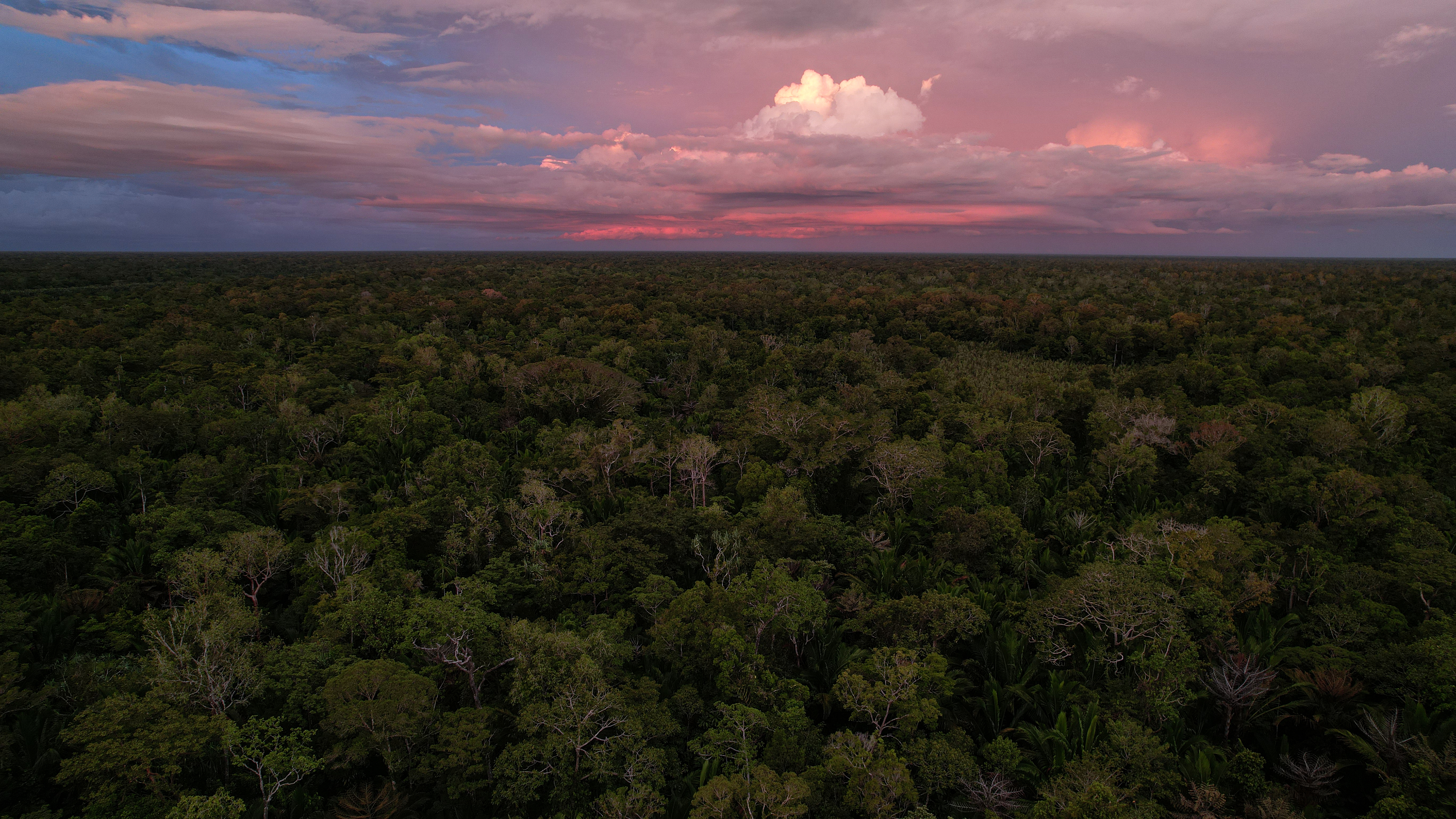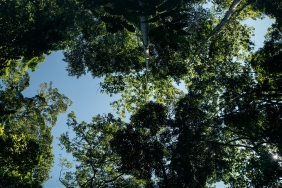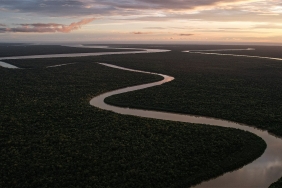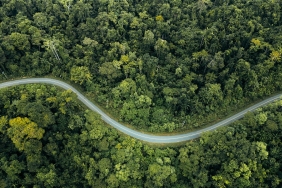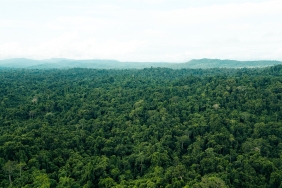CAPTURE CONTROL FOR QUALITY ECOSYSTEMS
By: Haditya Pradana, Andini Kusumasari, and Irwanto
On March 15-17, 2016, 30 participants attended the Workshop and Training on Catch Control for Quality Ecosystems. The activity held in Manokwari, Papua was attended by 30 participants from representatives of the West Papua Provincial DKP, Wondama Bay Regency DKP, Nabire Regency DKP, UNIPA Higher Education Institutions, BBTNTC, Tapapai Fishermen Group, students from UNIPA, and community representatives from the village.
On that occasion, stakeholders with an interest in the Teluk Cendrawasih National Park (TNTC) area provided an understanding to the community, especially fishermen about good fishing methods to ensure fish stocks and improve the quality of the ecosystem. The material presented included management policies and fisheries programs in the TNTC area, fisheries management with an ecosystem approach and rights-based fisheries management, the importance of conducting fishing control activities and fishing strategies, the mechanism for implementing the total allowable catch (Total Allowable Catch), the importance of area management, the application of fishing gear rules and controlling the amount of catch, Best Management Practice reef fisheries and an explanation of the fish catch measurement data form, as well as Supply Chain and Mechanisms in the Live Fish Shelter Unit.
This workshop had a good impact on the participants, especially the people who work as fishermen. One of the positive impacts was seen in a discussion conducted during the evaluation of the results of the activity. The community expressed their opinion that it is very important to carry out fisheries management activities in a sustainable manner by controlling fishing methods, regulating fishing gear and calculating fisheries stocks. They also put forward several ideas that they would do when they returned to their respective villages to ensure that fisheries stocks are maintained. In fact, one of the participants from Sombokoro Village, Teluk Wondama Regency, who is the village head, immediately contacted the village community after the activity. He instructed that fisheries activities in the village be temporarily suspended until he returned to inform the community about the results of the workshop and training. In addition, the community also hopes that this activity can continue in the future in order to preserve the ecosystem and fishery stocks are maintained for the community in the Teluk Cendrawasih National Park area.
TNTC is the largest Marine National Park in Indonesia which covers two regencies, namely Teluk Wondama Regency and Nabire Regency. This area also contributes a large portion of the Regional Original Revenue sourced from the fisheries sector. The increasing market demand for fisheries resources is feared to affect the pattern of utilization of fisheries resources in the area. Moreover, in recent years, fishermen's catches of coral demersal fish have decreased in number and size. In addition, the fishing grounds of the fishing community are also getting farther away so that the production of resources for demersal fish species has decreased. Catching targeted small pelagic fish is also problematic, depending on the fishing season.
Excessive utilization without control will reduce its potential. If there is no good management mechanism to handle this, there will be a decline in fish resource stocks. Therefore, the people who participated in the workshop are expected to pass on the knowledge gained and practice the concepts and strategies of fishing control in their daily lives.
The presence of the local government as a policy maker in the activity also aims to ensure that the community can play an important role in sustainable fisheries management activities. Communities within the TNTC area have the right to obtain resources and they are the ones who will feel the direct impact of the fisheries activities carried out. Therefore, it takes a fairly complex effort to restore the community's role in managing the area and safeguarding fisheries stocks so that the reciprocal relationship between conservation areas and community welfare is maintained.

